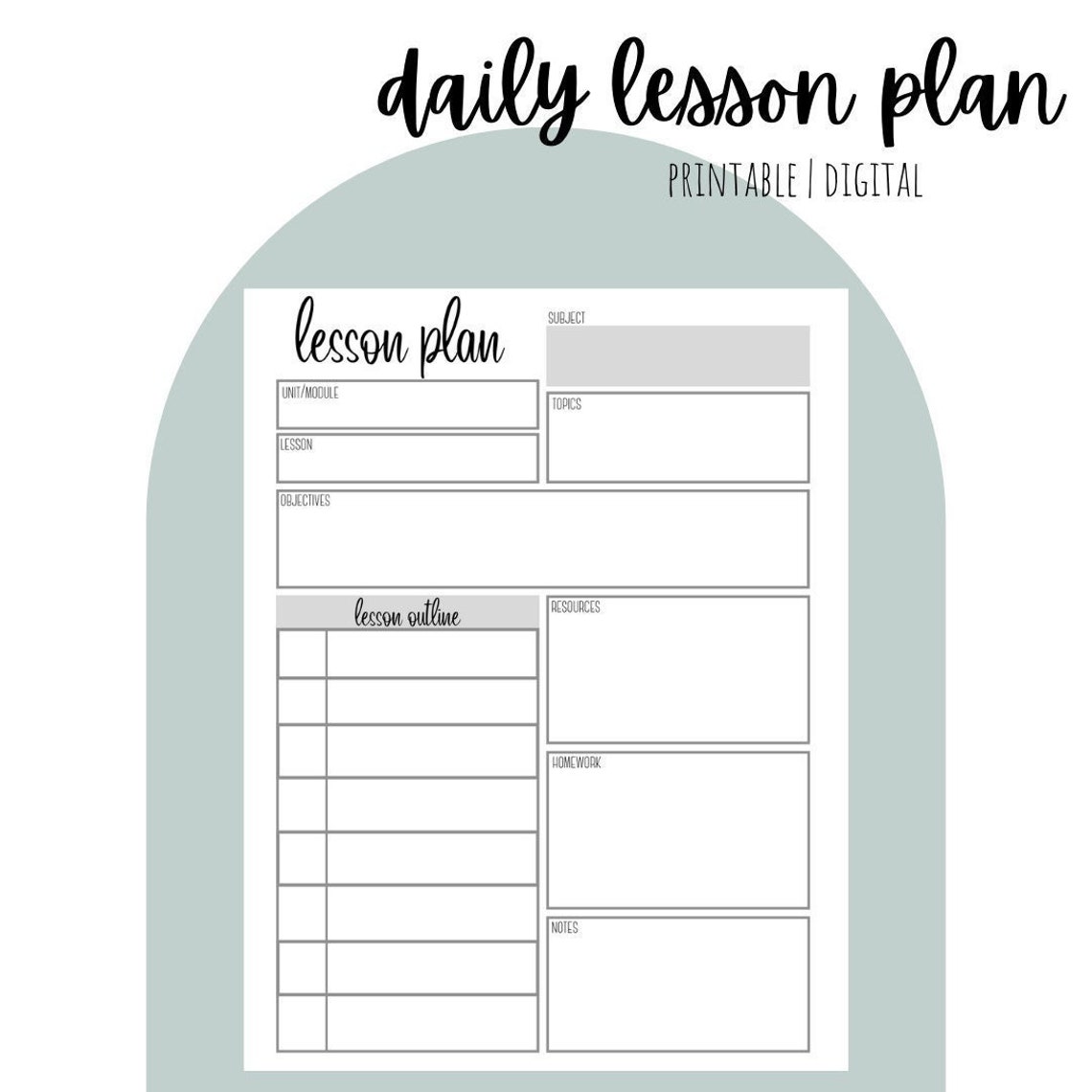In this week’s reading, a teacher introduced a new lesson planning method.
In the past, she used three traditional steps. Firstly, she decided the content she would taught. Then, she did a series of lesson planning for teaching. Finally, she created an evaluation for students to gather feedbacks. However, She found that students would do what she wanted because they wanted to get good grades. Students did not care whether they enjoyed the studying journey. This is the exact opposite of the original purpose of teaching.
I think this type of teaching is a fill-in-the-blank type of teaching. Teachers know how much students know and can help them succeed in their courses. However, this success is short-lived and does not create a long-term memory. For example, I have completed all of my mandatory courses for my major. Honestly, I cannot remember every piece of knowledge I learned, although I received some satisfactory grades. When I started a new course, I looked at the syllabus and saw how I could achieve a higher grade.
Applying Merrill’s five principles, the learner should participate in the process of demonstrating new knowledge and using it in the real world. After reading this week’s article, I realized, in my previous learning experiences, I did not care about what I would learn and how my knowledge could apply to these concepts. As the teacher said in the article, she did not think about what she wanted her students to learn from the course. Therefore, before developing a lesson plan, you should clarify the teaching objectives and plan accordingly before implementing them.

After that, this teacher came up with a new lesson planning method: backward
After that, this teacher came up with a new lesson planning method: backward design. To start:
- Set a goal for what students are expected to know after this lesson.
- Identify big ideas, desired results, and skills.
- Create an evaluation for students to adjust the teaching strategy.
- Do a lesson planning that prepares for students’ evaluations.

In the future, I will set a clear goal about what I want to learn before I start a lesson or project. Continuous learning memory is more important than short-term success.
Reference
Kelly, M. (2018). Creating Effective Fill-in-the-Blank Questions. Retrieved from: https://www.thoughtco.com/creating-effective-fill-in-the-blank-questions-8438